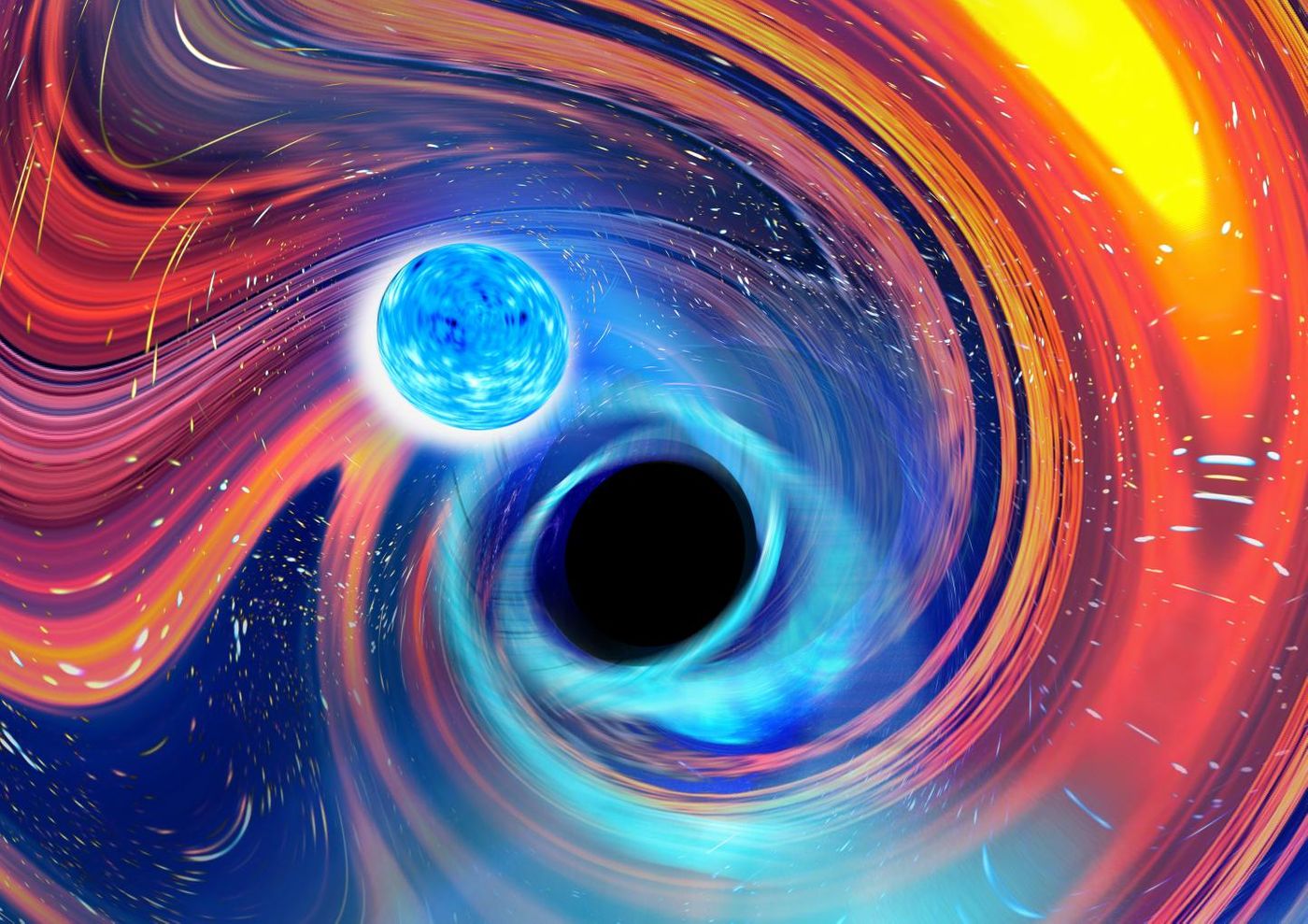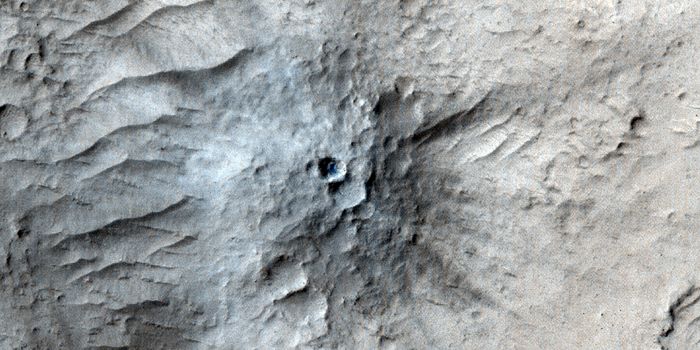A Black Hole-Neutron Star Merger Makes Waves
Researchers have found evidence of two mergers of black holes and their companion neutron stars that were about 900 million light-years away from Earth. The gravitational ways generated by these events hit Earth in January 2020. The black hole-neutron star mergers are though to be the first ever reliably detected, and they occurred only ten days apart from each other. This work, which was reported in the Astrophysical Journal Letters, can help scientists learn more about how these rare binary systems emerge.
"Gravitational waves have allowed us to detect collisions of pairs of black holes and pairs of neutron stars, but the mixed collision of a black hole with a neutron star has been the elusive missing piece of the family picture of compact object mergers," said study co-author Chase Kimball.
The two new gravitational-wave events were called GW200105 and GW200115. They were identified on January 5, 2020, and January 15, 2020 and were observed by LIGO and Virgo detectors.
One LIGO detector picked up on the signal from GW200105 while the other LIGO detector was offline, and the signal was not picked up by Virgo. Gravitational wave data suggested that a 9-solar mass black hole had merged with an object that was almost 2-solar masses. The collision happened about 900 million light-years away from us.
Ten days later, both LIGO instruments and the Virgo instrument detected GW200115, which was produced when a 6-solar mass black hole merged with a 1.5-solar mass neutron star, around 1 billion light-years from our planet.
These two events are the first reliable observations of neutron star-black hole mergers. Researchers may now be able to estimate how often they happen. Right now, it's thought that within about one billion light years of us, about one merger happens every month. Scientists are still learning where binary systems like this come from.
"We've now seen the first examples of black holes merging with neutron stars, so we know that they're out there," said Maya Fishbach, Ph.D., a NASA Einstein Postdoctoral Fellow. "But there's still so much we don't know about neutron stars and black holes: how small or big they can get, how fast they can spin, how they pair off into merger partners. With future gravitational wave data, we will have the statistics to answer these questions, and ultimately learn how the most extreme objects in our universe are made."
Sources: AAAS/Eurekalert! via Northwestern University, Astrophysical Journal Letters









